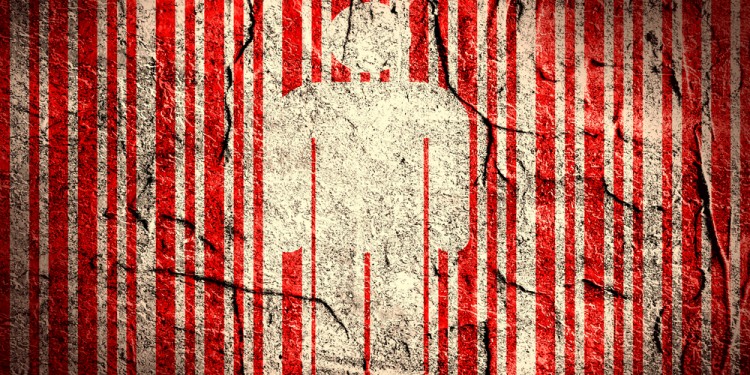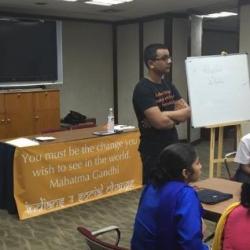Human Trafficking in India

Introduction
Human trafficking has forced many women and girls into slavery in India. Women and girls are mainly trafficked for three reasons: sexual exploitation, forced labor, and forced marriage. All three reasons make the lives of these women and girls very difficult. This is one of the largest issues facing women worldwide, and is pervasive in India.
Gender marginalization in India makes these exploitative actions possible, and combined with caste-based conflict creates a nightmare for low-caste women and girls.
Problem
The women that are trafficked are not only from within India, often they are brought in through the open borders with Nepal and Bangladesh (both which suffer from high rates of poverty). Other times women are not kept in India and trafficked outside to the Middle East as sex slaves.
Forced Labor: Women and girl victims are often sold into slavery by their own families as a way of making money or in hope that it will create a better future for their daughters. They are unaware that they are giving away their daughters for exploitation, where they will receive no pay and have no freedom. Sometimes women and girls will leave their villages and try to join employment agencies to get employment as domestic servants in the city and will end being forced into exploitative labor. While they are in these situations, they are often given low or no wages, suffer in dangerous work environments, and are physically abused. There is little to no medical care, and they are isolated from society-at-large to prevent escaping.
Forced Marriage: Forced marriage is becoming evermore present as the sex-ratio in rural areas is skewed towards men because of sex-selective abortions. These areas end up “importing” girls for forced marriages. These girls are often promised lives with rich husbands in these areas and then used as domestic servants and sex slaves and then remarried to someone else after a few years. The United Nations Office on Drug and Crime (UNODC) reports that this practice is existent in Haryana, Punjab, and Uttar Pradesh.
Sexual Exploitation: Women are often kidnapped or sold into the sex trade from these villages. The child sex trade is also a booming illegal market and feeds into the red light areas across India. The UNODC reports that West Bengal, Andhra Pradesh, Karnataka, Maharashtra and Odisha are popular sources for women and girls for exploitation. These women often suffer from unwanted pregnancies, dangerous abortions, high risk births, and STDs. Young girls are subjected to growth hormones to make them undergo puberty quicker, which is a dangerous health issue for young girls. According to India Today, girls as young as 6 end up looking like teenagers.
These crimes are punishable under the Immoral Trafficking Prevention Act (ITPA) which was put in place after India signed the United Nation’s declaration on trafficking of 1950. It criminalizes the various aspects of the sex trade, but often makes it harder on victims of the sex trade.
The victims suffer from mental and physical abuse and this often stays with them even after they are freed from sex labor. They often suffer from mental disorders, STDs, and other problems that are life-long ailments.
Prevalence
According to the National Crime Records Bureau, trafficking of minor girls is the second most prevalent trafficking crime and has becomd 14 times more occurrent in the last decade. According to Stop India
In India it is estimated that 20 to 65 million people are affected. There are approximately 1.2 million child sex slaves in India today. The average age is 14 years old.
The 2013 Global Slavery Index published that that close to half of the 30 million slaves globally are from India.
Possible Solutions
In 2014, the government has launched an online portal to provide information and resources to help stop human trafficking. There is still much more work to be done though. In 2011, India ratified the UNTOC and the Trafficking Protocol to solidify its stance on human trafficking and its urgency. In 2013, the government amended its laws to increase the punishment for sex trafficking.
The government provides 10,000 rupees to victims of human trafficking for rehabilitation, but corruption and lack of effective enforcement prevents it from having much of an impact.
One of the first steps is to provide training to law enforcement to better deal with victims. According to one police officer in charge of training:
Victims are often treated as illegal immigrants, criminalised and re-victimised, without being offered appropriate assistance and protection while the true perpetrators remain at large. There is significant need to enhance the knowledge, ability and expertise of law enforcement agencies about human trafficking. (Program officer Pravin Kadam)
India also needs to provide legal assistance to victims to get justice against their perpetrators. Better rehabilitation facilities need to be created to provide smooth transitions back into society, which includes skill training to empower them to be financially self-sufficient.

